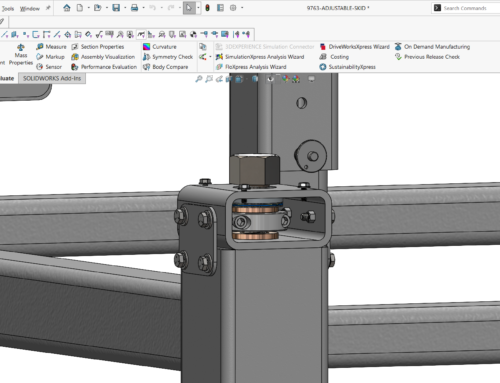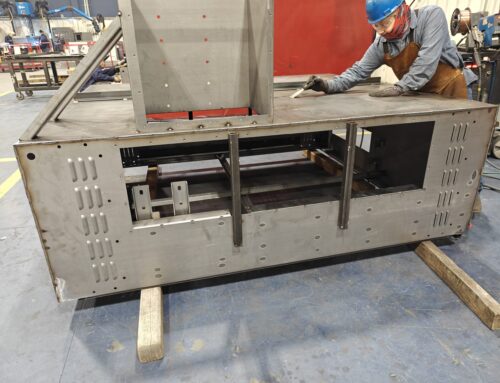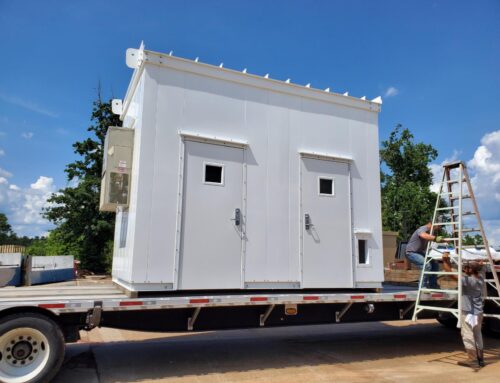
Q. What do corner reliefs, gaps and overlaps, and corner chamfers and radii have in common?
A. They’re all corner treatments that engineers tend to overlook when designing custom fabrications.
Corner treatments serve essential functional, mechanical, and cosmetic purposes, so it’s important to be mindful of best practices for using them. Let’s take a closer look at the different corner treatments you should know about before designing your next part.
Sheet Metal Corner Treatment #1: Corner Reliefs
When a part has two bends that intersect, those bends need some form of relief to prevent the metal from crashing and tearing at the corners. Corner reliefs are strategically sized bend reliefs used in the corners of a part to clear the bending radius and ensure a cleanly bent corner.
Adding corner reliefs is especially important when working with aluminum and thicker carbon steels and stainless steels that possess minimal ductility. (It’s less of a concern with carbon steel and stainless steel that is 14 gauge and thinner.)

When engineers neglect to include corner reliefs in their designs and the material tears, we have to spend time repairing it, creating extra work and potentially resulting in a part that doesn’t meet the engineer’s expectations. In a worst-case scenario, the structural integrity of the entire part could be compromised, resulting in part failure.

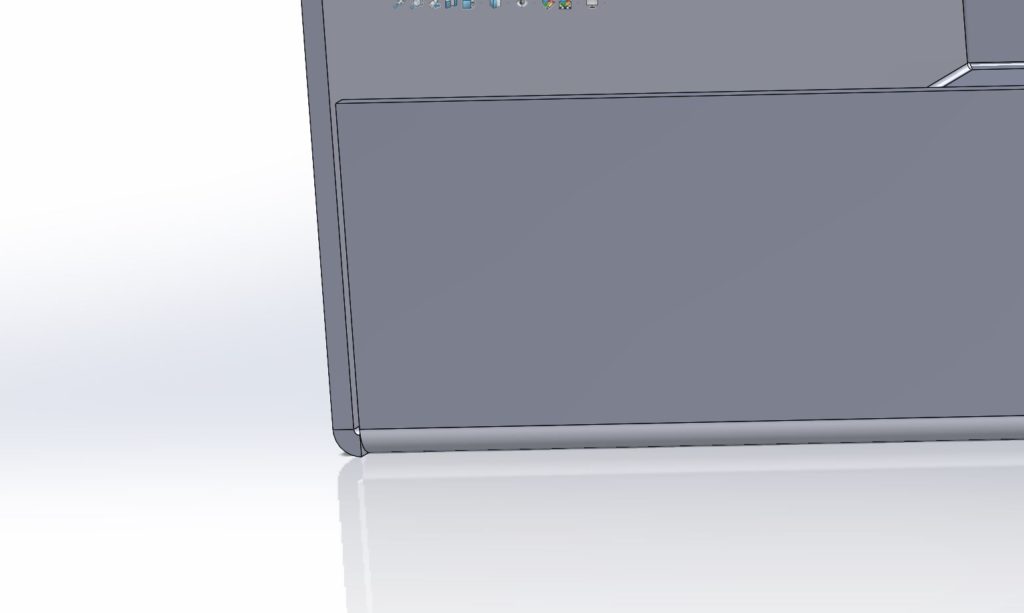
Sheet Metal Corner Treatment #2: Gaps and Overlaps
Gaps
Sometimes, gaps are designed intentionally, but more often than not, gaps left in the corners of sheet metal parts occur when engineers mistakenly rely on the default settings in the design software they’re using.


Either way, if the part is going to be welded, any gaps will need to be closed. Gaps can only be included for standalone parts where no welding is required or if you plan to use fasteners as an alternative to welding and don’t mind the cosmetic appearance of the gap.
Overlaps
Engineers typically add overlaps to sheet metal corners with a good amount of forethought. Still, it’s important to consider downstream welding operations when designing overlaps into a custom fabrication:
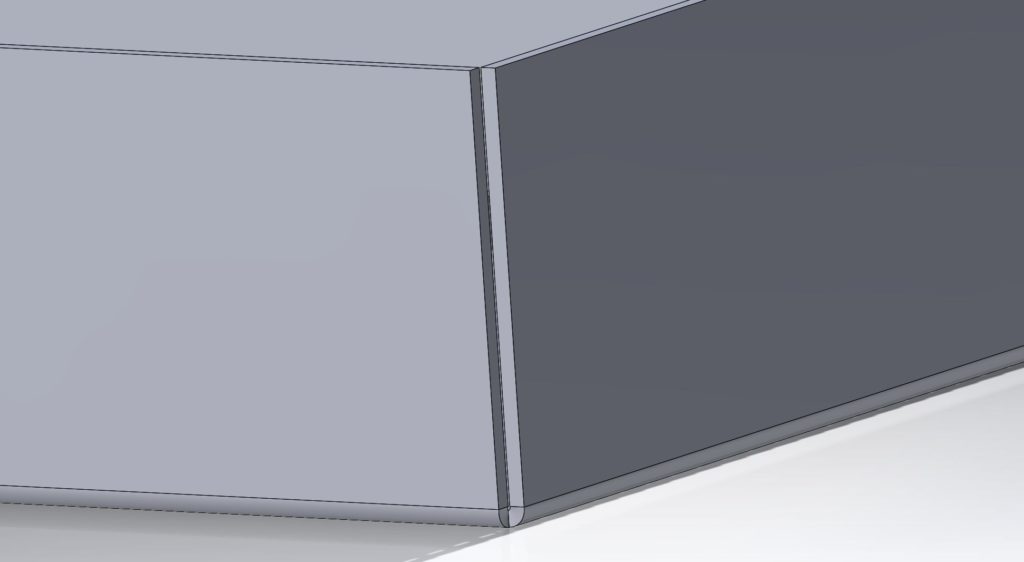
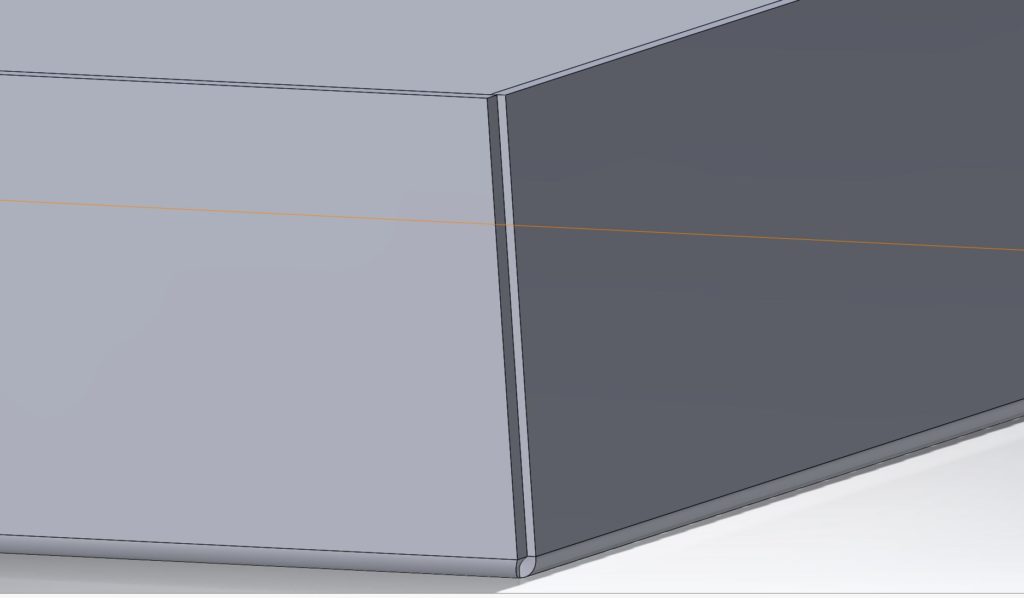

- Corner-to-corner overlaps (i.e., the corners are brought together perfectly) enable welding with full penetration, resulting in exceptionally strong welds.
- Half overlaps (i.e., the material on one flange halfway overlaps the other) enable a slightly less strong weld but can increase welding efficiencies for nonstructural welded corners requiring minimal filler material.
- Full overlaps (i.e., the material on one flange completely overlaps the other) enable nice, clean corners when no welding is required. It’s also possible to fuse or laser weld full overlaps since these processes don’t add filler material.
Sheet Metal Corner Treatment #3: Corner Chamfers and Radii
Corner chamfers and radii are simple features with a few distinct benefits:
- Eliminating sharp edges. Sharp edges on sheet metal can pose safety hazards to manufacturers and end users. Corner chamfers and radii dull the corners, making parts less dangerous to handle.
- Improving aesthetics. Lasers can cut continuously around a chamfer or radius, producing a cleaner look than you would get with a sharp corner.
- Aiding in sheet metal assembly. Corner chamfers and radii simplify sheet metal assembly by creating clearance between laser-cut corners and bends on adjoining parts. Essentially, we have adequate space to position parts precisely in place before fastening or welding them.
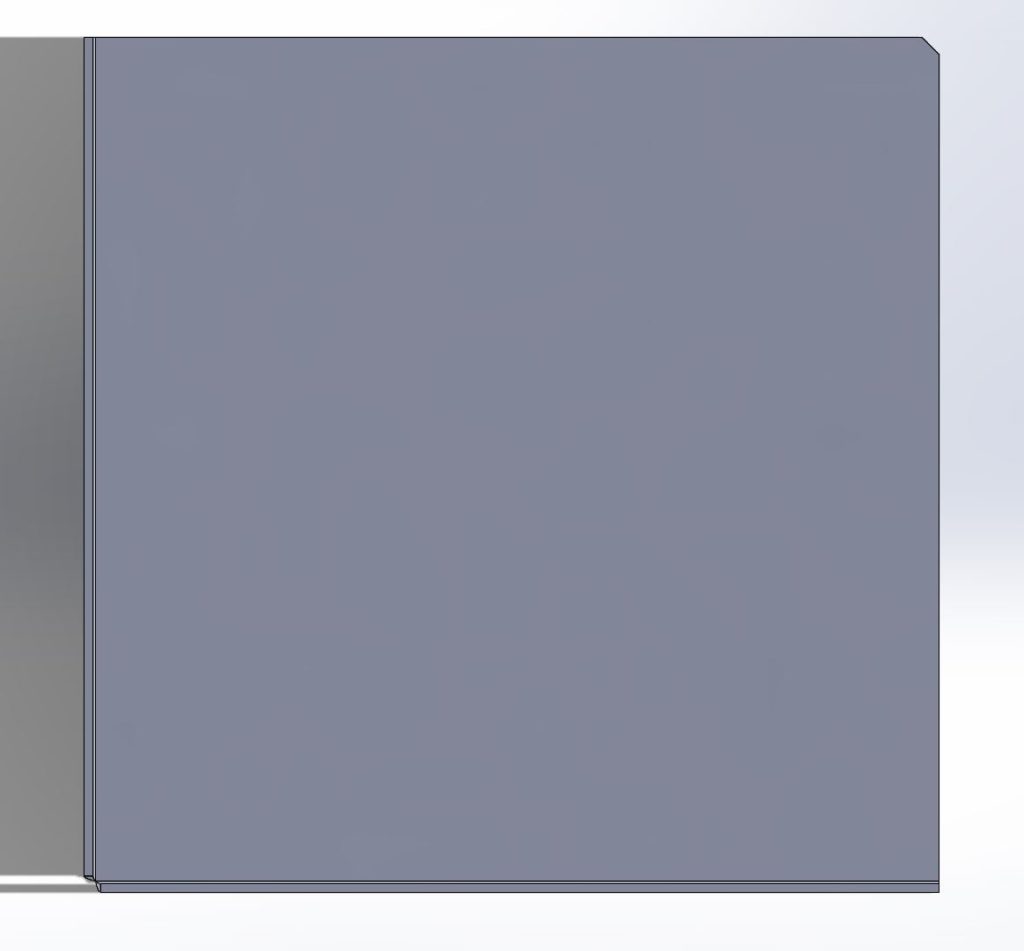


As we like to say, this is one area of sheet metal design where we highly recommend cutting corners. 😉
Stepping back to consider sheet metal corner treatments and how they affect the downstream operations required for building your custom fabrication takes minimal effort but can have a huge impact! If you have questions regarding corner treatments or sheet metal design in general, please reach out for a design consultation!

